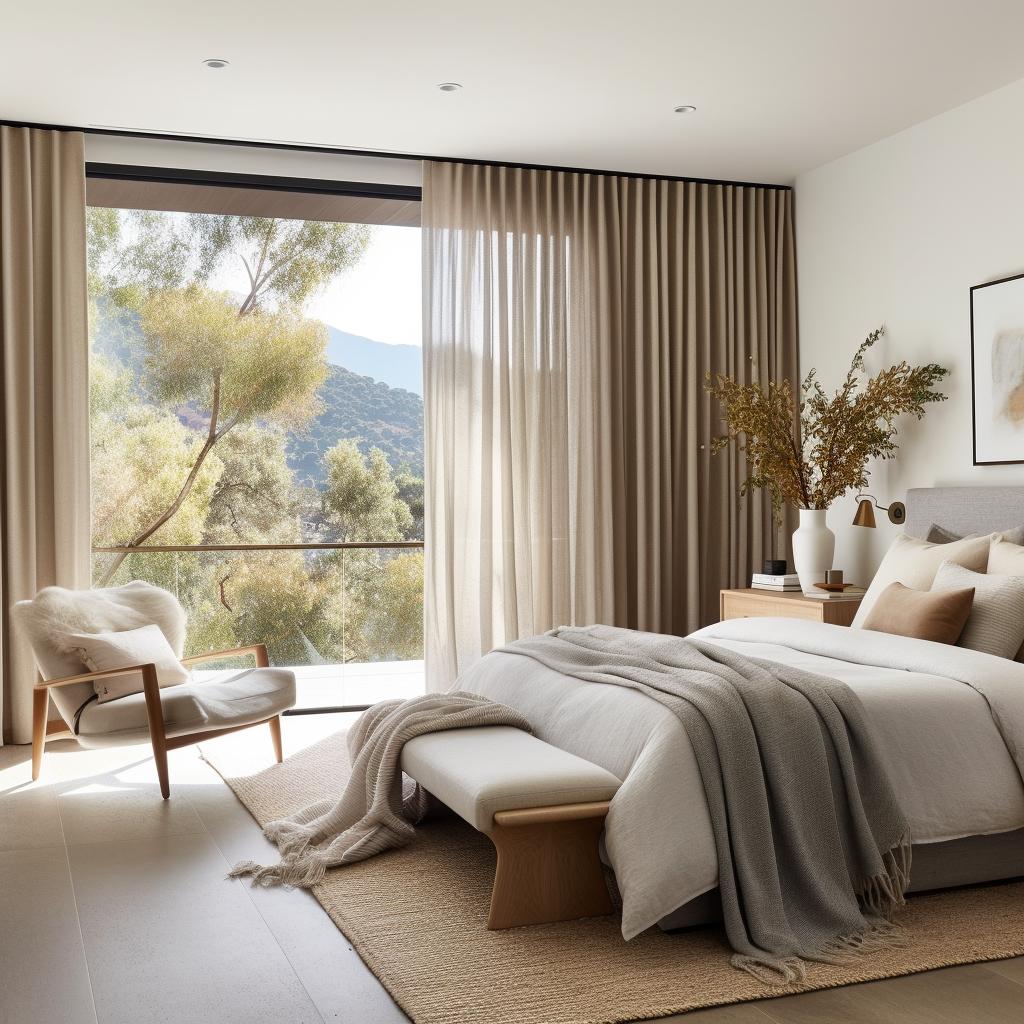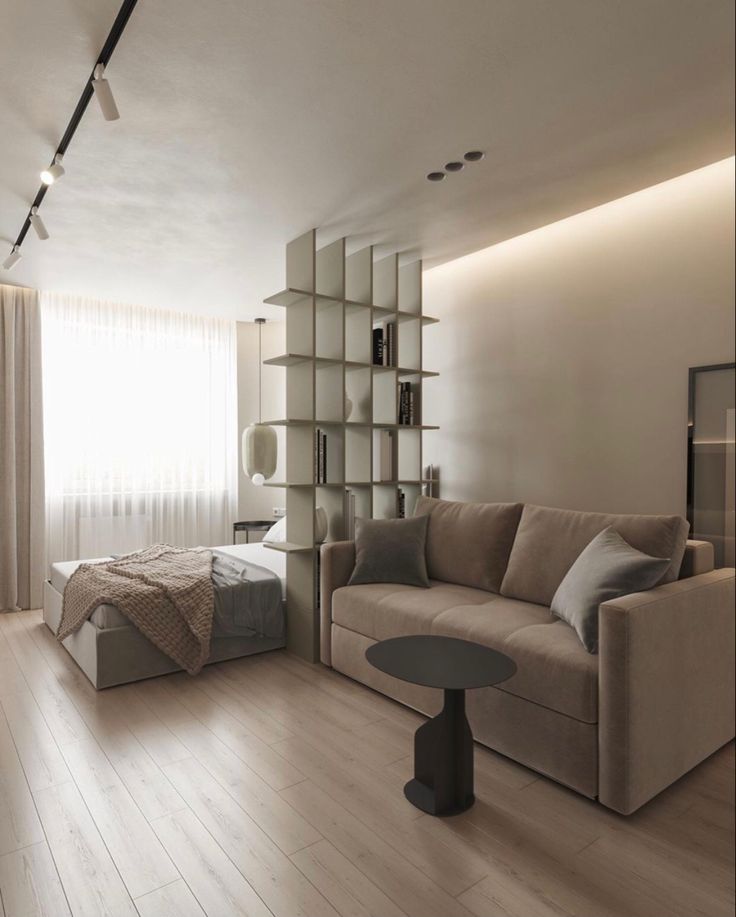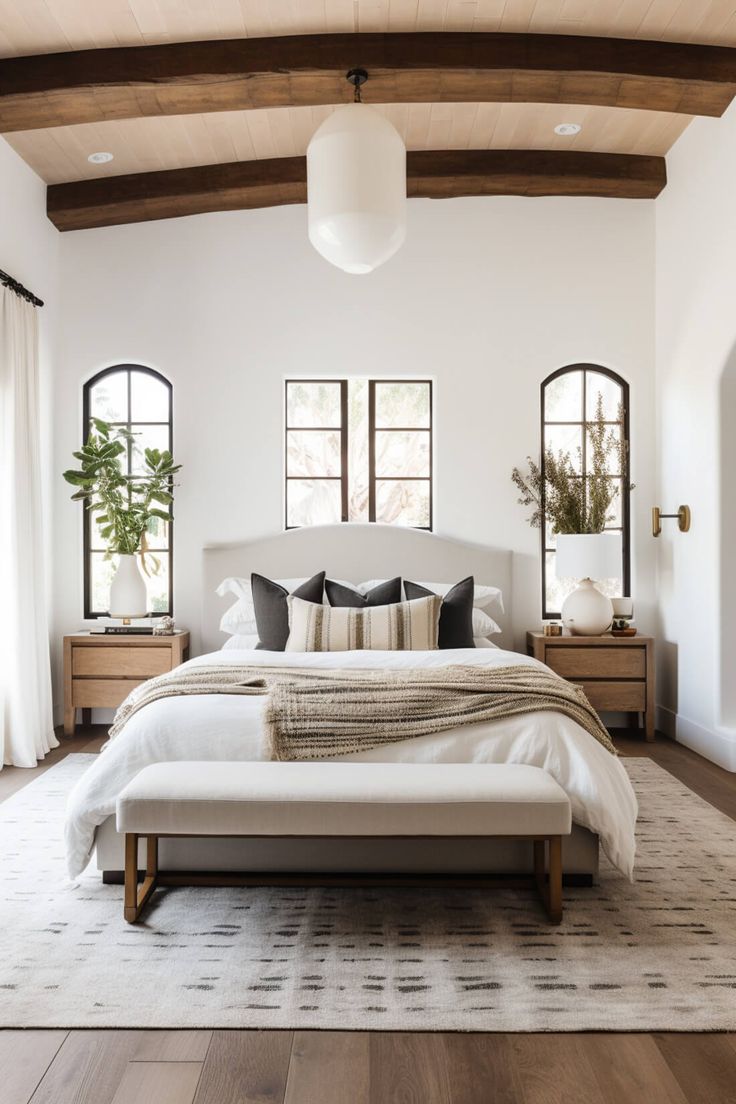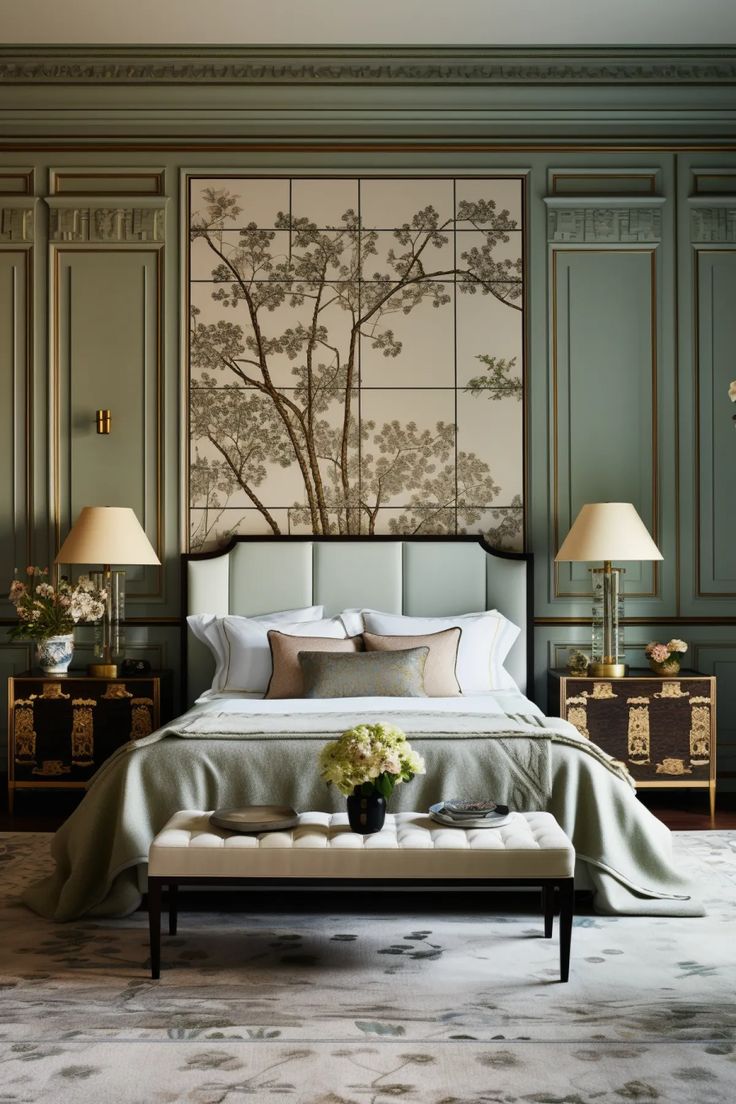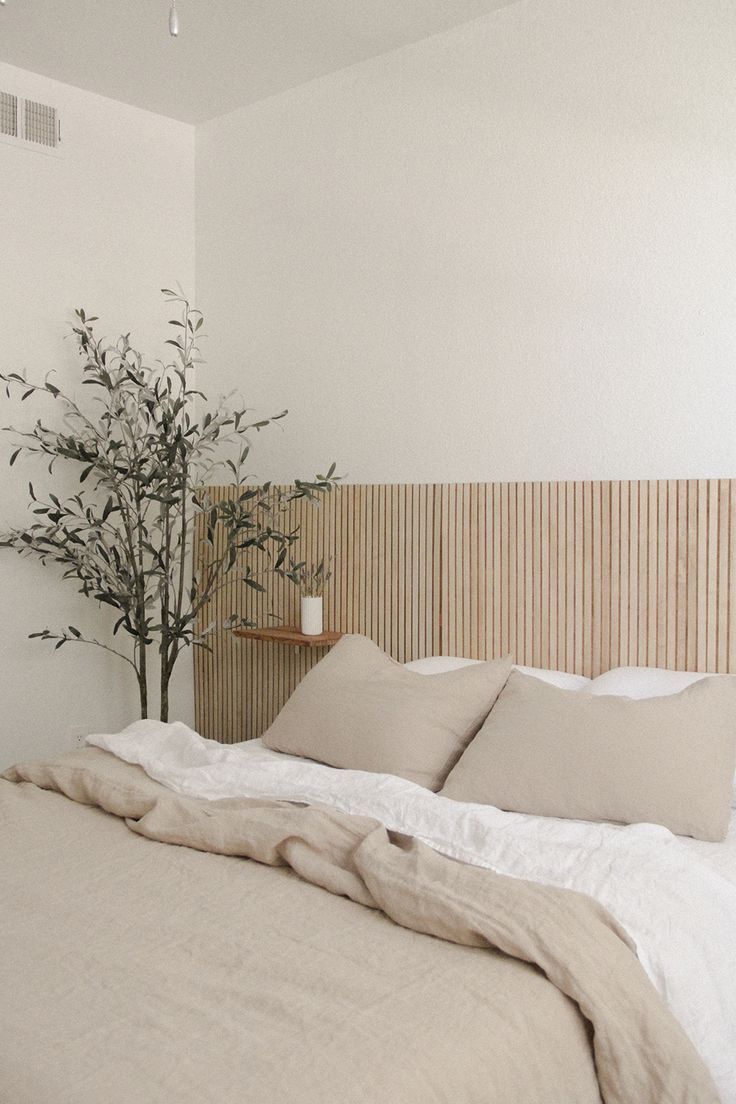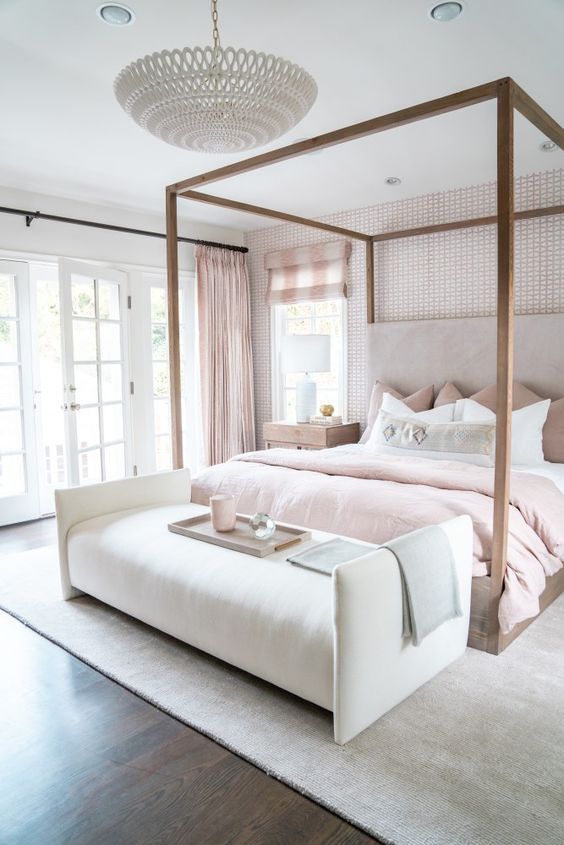So, you’re thinking about sprucing up your master bedroom, but you’re stuck on the all-important question: What is a good size for a master bedroom?
Well, you’re in the right place!
In this article, we’re going to dive into the wonderful world of bedroom dimensions and help you figure out just what makes a master bedroom truly comfortable and functional.
Whether you’re planning a renovation, moving into a new place, or simply curious, we’ve got you covered.
So, let’s get cozy and explore the perfect size for your dream master bedroom.
Understanding the Concept of Space in a Master Bedroom
Optimal Square Footage for Comfort and Functionality
When it comes to the size of a master bedroom, finding the sweet spot between comfort and functionality is key.
The general rule of thumb suggests that a master bedroom should ideally be between 200 and 400 square feet.
This range allows for enough space to accommodate essential furniture pieces like a bed, nightstands, dressers, and even some seating options without feeling cramped or cluttered.
However, it’s important to note that this rule is not set in stone, as individual preferences and lifestyle factors also play a significant role.
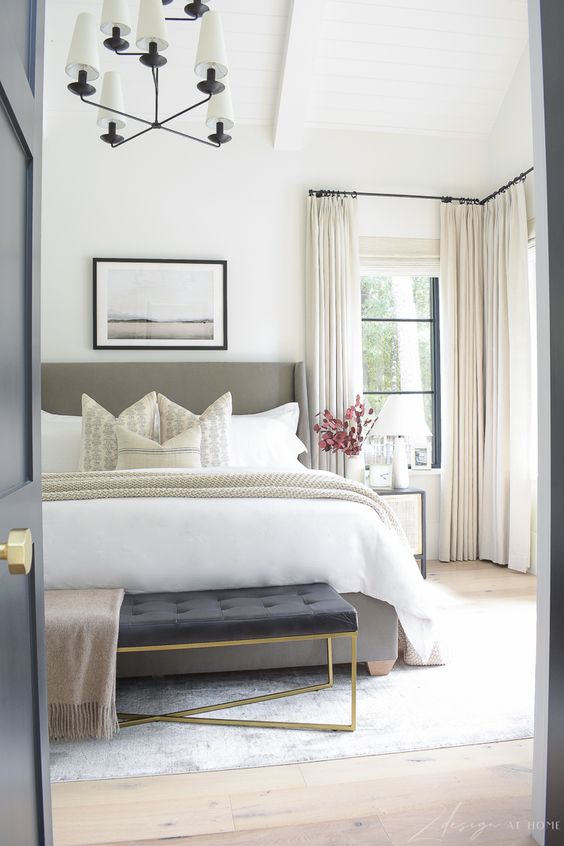
Considering Individual Preferences and Lifestyle
While the suggested square footage provides a starting point, each person’s preferences and lifestyle will ultimately influence the ideal size for their master bedroom.
For example, couples may prefer more space to move around freely or set up separate areas within the room.
On the other hand, individuals who prioritize minimalism might feel perfectly content with a more compact bedroom size.
Additionally, considering specific needs such as accommodating exercise equipment or creating a workspace within the bedroom should also factor into determining an appropriate square footage.
Finding the right balance between spaciousness and functionality is crucial when planning your dream master bedroom.
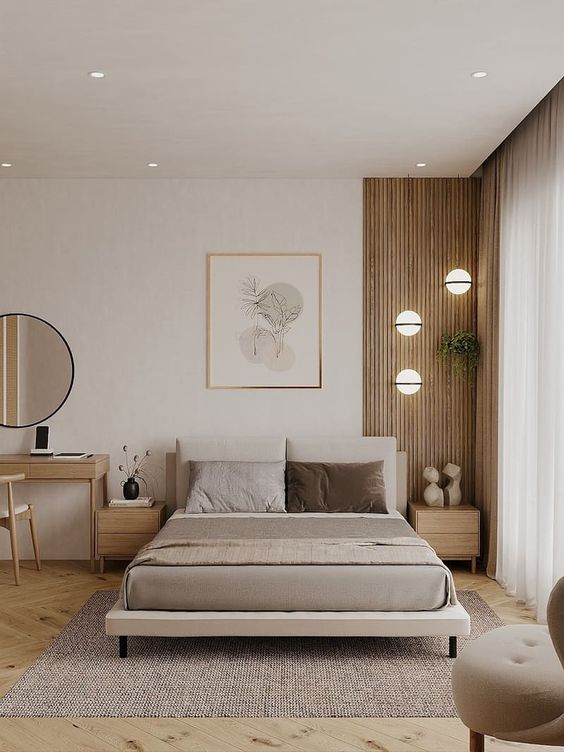
Exploring the layout possibilities for a master bedroom
Bed placement and orientation
When it comes to placing the bed in your master bedroom, you have several options to consider.
The traditional choice is to position it against a wall, which provides stability and a sense of grounding.
However, if you’re feeling a little adventurous, you can opt for a more unconventional approach.
Centering the bed in the room creates a focal point and brings symmetry to the space.
This arrangement works particularly well if you have an attractive headboard or want to showcase artwork above the bed.
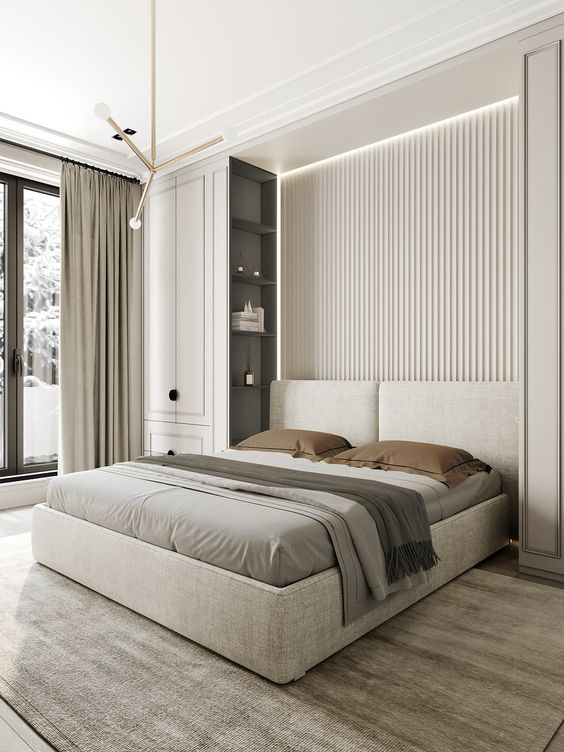
Utilizing natural light and views
One of the key aspects of designing a master bedroom is maximizing natural light and capturing stunning views.
Positioning your bed near windows allows you to wake up with gentle sunlight streaming in, creating a soothing ambiance.
If privacy is a concern or your windows face less desirable views, consider using curtains or blinds that can be easily adjusted according to your preferences.
In addition to natural light, take advantage of any breathtaking views your property may offer.
Placing the bed strategically allows you to enjoy those scenic vistas right from your cozy space.
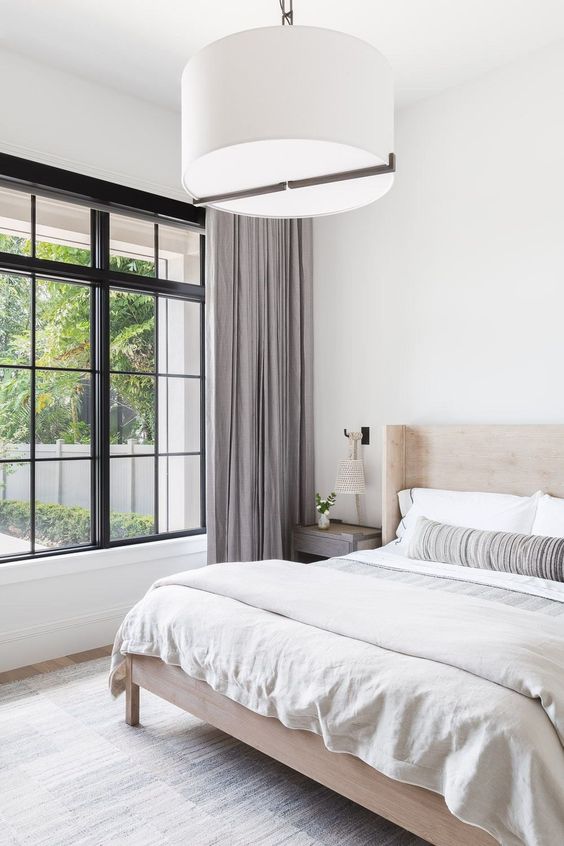
Addressing specific needs or preferences
Creating a Work or Study Area
For those who require a dedicated workspace or study area in their master bedroom, it’s essential to consider this need when determining the size.
Allocating enough space for a desk or a small worktable can help foster productivity and maintain a separate area for focus.
Whether you work from home or simply enjoy engaging in hobbies that require a designated workspace, having an area within your master bedroom tailored to these activities can enhance both functionality and personal satisfaction.
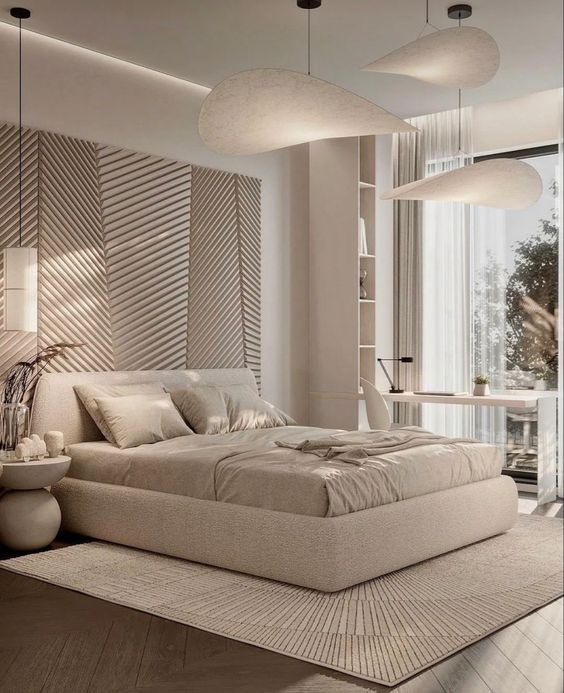
Incorporating Exercise Space
For fitness enthusiasts, incorporating exercise equipment or space within the master bedroom can be advantageous.
This could involve designating an area for yoga mats, pilates equipment, or even installing compact workout machines such as folding treadmills or exercise bikes.
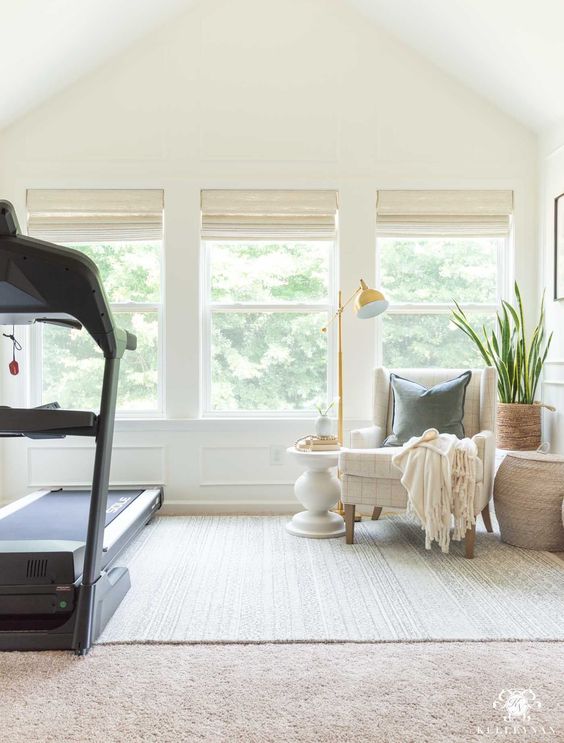
Accommodating Additional Family Members
Some individuals may choose to have their children sleep in the same room during their early years.
In such cases, it becomes crucial to factor in additional sleeping arrangements and storage needs.
Considerations like bunk beds, trundle beds, or even multi-functional furniture pieces like daybeds with built-in storage compartments can help optimize space while addressing the specific requirements of growing families.
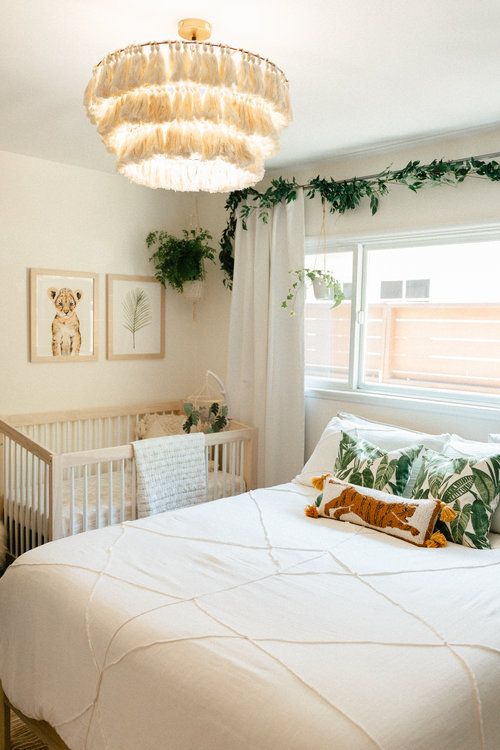
Conclusion
A good size for a master bedroom should be spacious enough to comfortably accommodate your bed and any additional furniture or features you desire, like seating areas or walk-in closets!
It should also allow for easy movement around the room without feeling cramped.
Ultimately, the right size depends on your personal preferences and needs.
So, make sure it feels comfortable and suits your lifestyle.
Happy decorating!

